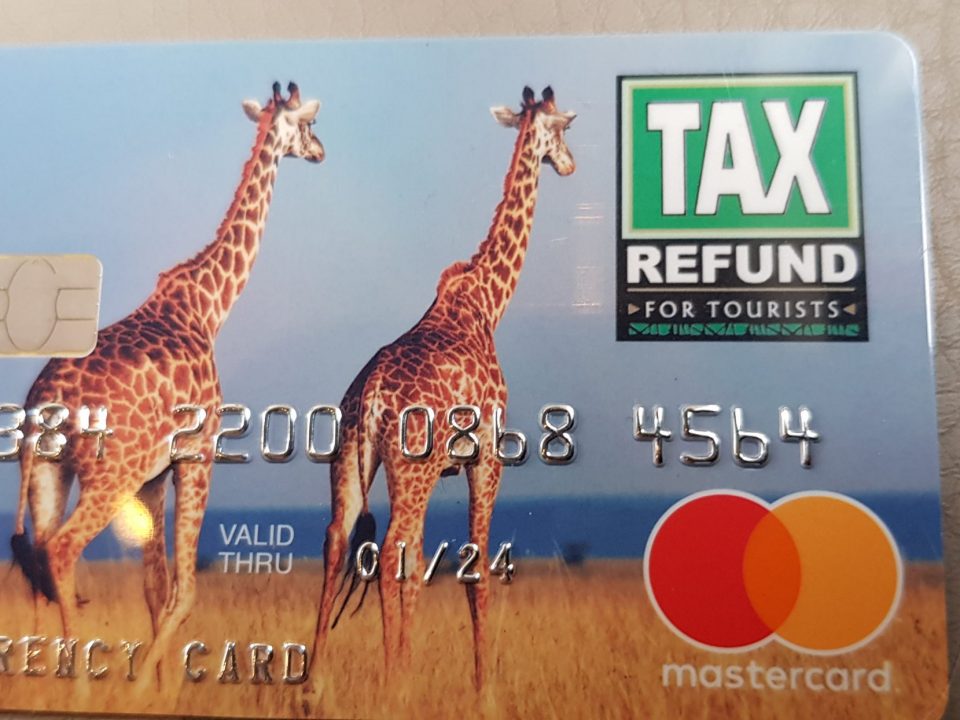Digital relations with the tax authorities – a new direction is taken
Digital relations with the tax authorities – a new direction is taken

Belgium is proud to have been rather quick in rolling out multiple digital applications to citizens in general and taxpayers more specifically. In this article we discuss the implementation of ambitious plans from the past and the new direction in which we are heading.
On 26 January 2021, a law was introduced for the organization of the digital relations between taxpayers and the tax authorities.
This law generated our deep attention and on 17 March of that year, we performed our first analysis of the law and wrote an article on this matter. At that moment, we were mainly surprised about two issues:
- Use of the so-called e-Box as the main digital mailbox to notify taxpayers of all communications from the tax office.
- Implementation date of the law: 1 January of 2025
E-Box
The keystone of the law of 2021, the e-Box, does not contain any tax information. The system only generates a message to inform a taxpayer that a new communication has been posted on the main (but not only) digital platform of the tax office: Myminfin.
In addition, the e-Box was not limited to tax information. Also other authorities use the same platform to generate messages and provide an invitation to citizens to visit their own web platform, where the actual information can be consulted. This made the e-Box rather messy without a clear overview of the types of information that was actually offered through the channel.
Under these circumstances, the actual benefit of the e-Box was sometimes limited. In any case, one always had to leave the box and switch to the actual platform where info can be found. In some way, the e-Box only created an additional communication level, but did not offer any added value as to bringing information faster or more efficiently to taxpayers. A ,direct communication from Myminfin could even have offered a better outcome (a direct access to the relevant info).
The e-Box has shown many blind spots
The challenge of setting up a true digital environment in 2021 appears to have been over-ambitious. Indeed, important disadvantages or risks were linked to the way, in which the digital applications were actually rolled out. Without any ambition to be complete, we list some of the challenges that we noted during the past 2,5 years:
- In the e-Box not only tax info appears, but also other authorities issue communications of all kind. Unfortunately this is only at the federal level. Other authorities (regional level, local level, ….) have created their own digital platforms. The main objective of the platform, to provide a single point of access, where all government-related information can easily be found, was clearly not realized in this way.
- In the e-Box, a significant amount of unnecessary or rather irrelevant information is offered. This takes away the focus from information that really matters. Important messages easily get lost in a multitude of messages of little or no relevance to the taxpayer. The multitude of communications takes away the focus from messages that really matter.
- Lack of structure: information is not provided in categories in the e-Box and all communications appear at the same level of priority. Useful messages are not separated from communications with a much more significant impact, such as the notification of a tax audit or a penalty. One cannot easily distinguish between the various sources that offer information through the e-Box.
- Messages in the e-Box have no header to indicate the specific subject that is covered. Therefore one can not immediately have an idea about the matter that is addressed. Only after following the link and accessing another platform the true content of a message can be seen. Often one is guided to information that may be ‘nice to have’, but is not really important or interesting.
- Not everyone can consult the e-Box nor has one always access to the underlying information: one must first of all have an understanding of the Dutch, French or German language, which is not the case for all taxpayers. In addition, one needs access rights to Myminfin (or other tax applications) to actually be able to get access to the information. For people residing outside Belgium, access to the box and to the various linked platforms is a real challenge. In addition, it is not possible to provide access to the e-Box to a proxy holder (for example a friend or family member, an accountant or tax consultant). It is also not possible to differentiate access rights to various people, who can assist the citizen. For many people, this creates significant problems when messages are issued, that never reach the right place, where proper follow up is possible.
- The digital communication up to now has mainly been unilateral: it delivers messages from the tax authorities to taxpayers. The platforms show a painful gap in the communication channels from taxpayers towards the tax authorities. This has become a major issue after it appears that tax officials on a large scale have cut all possible two-way communication links with taxpayers.
- The e-Box may be very vulnerable to fraudulent activities. Persons with malicious intent are likely to try to copy the e-Box experience to guide people to their own platforms.
This brings us further to maybe the most important risk or drawback of the e-Box: once this tool is activated by the taxpayer, communications immediately get the same status as a registered letter. This is convenient for the tax office, as no such letters must be sent, but is risky for the taxpayer: not properly reacting to a registered letter usually results in trouble to the taxpayer later on…
Need for integration and user friendliness
At the annual congress of accountants and tax consultants this month, we eagerly attended the workshop, organized by the tax authorities to comment on the status of the digitalization.
During the workshop, it quickly became apparent that there is a severe lack of integration between the various digital tools that were launched in the past decade by the Federal Tax Authorities. Even within the tax office, many sub-administrations traditionally exist, and each of them appears to have created tools, without an overall plan to set up an integrated, efficient and user friendly environment.
This is likely to be one of the major challenges for the tax authorities in the coming years, more specifically to design an overall plan for the future. Many processes need to be re-evaluated and must be integrated into an overall plan to achieve a truly state of the art system, where all needs are addressed in an efficient way.
During the workshop, the topic of user friendliness for the various applications was mentioned. Also this appears to be a major challenge. Many applications still have a limited performance and effectiveness and tend to frustrate users. In this area, we identified much room for improvement. Fortunately it appears that the much needed dialogues between the tax authorities and the various stakeholders have been initiated in the course of the year. We look forward to further progress in this area.
Traditional mail was thrown overboard
In the law of 26 January of 2021, the taxpayer could make an election to activate the e-Box. If this was not done, traditional mail communications had to be continued.
During recent years, we noted that the tax authorities have forced the digitalization on the taxpayers, even in cases where they did not activate their e-Box. Also in cases where one has requested traditional mail communication, this simply has been disregarded.
Traditional mail communication was neglected. We noted many communications with a wrong address of the taxpayer or even without an address at all.
What about the starting date of the law?
The law of 26 January 2021 indicated the starting date of 1 January 2025.
This date was disregarded by the tax authorities, that relentlessly pushed their digital applications to the taxpayers. What to do with those communications, that in the meanwhile were not properly issued? This is a challenging topic because many critical deadlines in the tax code are linked to the proper use of specific communication channels, defined in the law. In cases where tax disputes arise or where interest or penalties are charged to the taxpayer, this creates serious legal difficulties.
What will the future bring?
It appears that the government realized that the ambitions of the law of 2021 cannot be realized without a major shift. An important step was the recent decision to launch the initiative to cancel the law of 2021 and to replace this by a new approach and set of rules.
This is likely related to the matters addressed above, but also is driven by the high speed of digital evolutions in general and by the many technological and organisational challenges and also by the complex tax legislation.
An important step is the decision to disconnect the law from a specific technology such as the e-Box. This will offer the opportunity to develop and implement improved tools and to keep pace with future challenges and technology.
In addition, it is realized that the move to more digitalization is to be achieved step by step and cannot be implemented by a digital big bang, as was announced back in 2021. More attention can then be paid to the capabilities of the various categories of users of digital tools to follow the evolutions and to be able to make the required digital transition.
Finally a new critical deadline has been defined, 3 years into the future, whereby the target deadline of 1 January 2025 is moved to 1 January 2028.
In view of the current state of affairs, the decision to withdraw the law of 2021 only seems wise. We look forward to a second digital wave, that will achieve a better user experience, and improved efficiency for taxpayers and their advisors.



